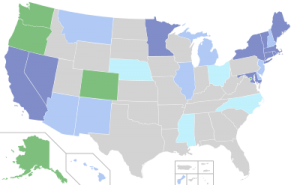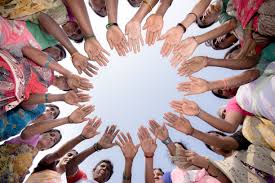In the time I have been away from my hometown of Hood River Oregon (as you can see in my background photo), marijuana has been legalized in three additional states. In his blog post concerning the topic, Aiden Raff analyzed the entrepreneurial opportunities of this emerging market and how some companies like Eaze have already capitalized on the latest mind-altering drug available. I am not in disagreement with Aiden’s views on this breakthrough as a major business opportunity, however I do disagree with his generalization that all pot smokers are lazy. I have a close friend who has been battling with cancer for his entire life. He routinely experiences pain but he has gained access to medical marijuana and the difference in his mood day to day is inspiring. If the government can make this substance available to the masses, but also control their intake somehow, it could make a considerable impact on those who suffer from anxiety or depression. These startups that Aiden is so passionate about should consider providing more responsible options for use to consumers so this drug can be used more to heal and less as an emotionally addictive hobby.
There is, as Aiden said, a wide rage of opportunities for this new law to improve the lives of those who are sick or those who suffer from chronic illness and especially PTSD. This drug is much less aggressive when treating PTSD then many of the sedative like drugs that are prescribed. These up-and-coming businesses will hopefully open the possibilities for marijuana to make an impact in the world of disease treatment.

Aiden’s Blog: https://blogs.ubc.ca/araff/2014/11/06/marijuana-legalization-and-the-untapped-market-that-follows/






